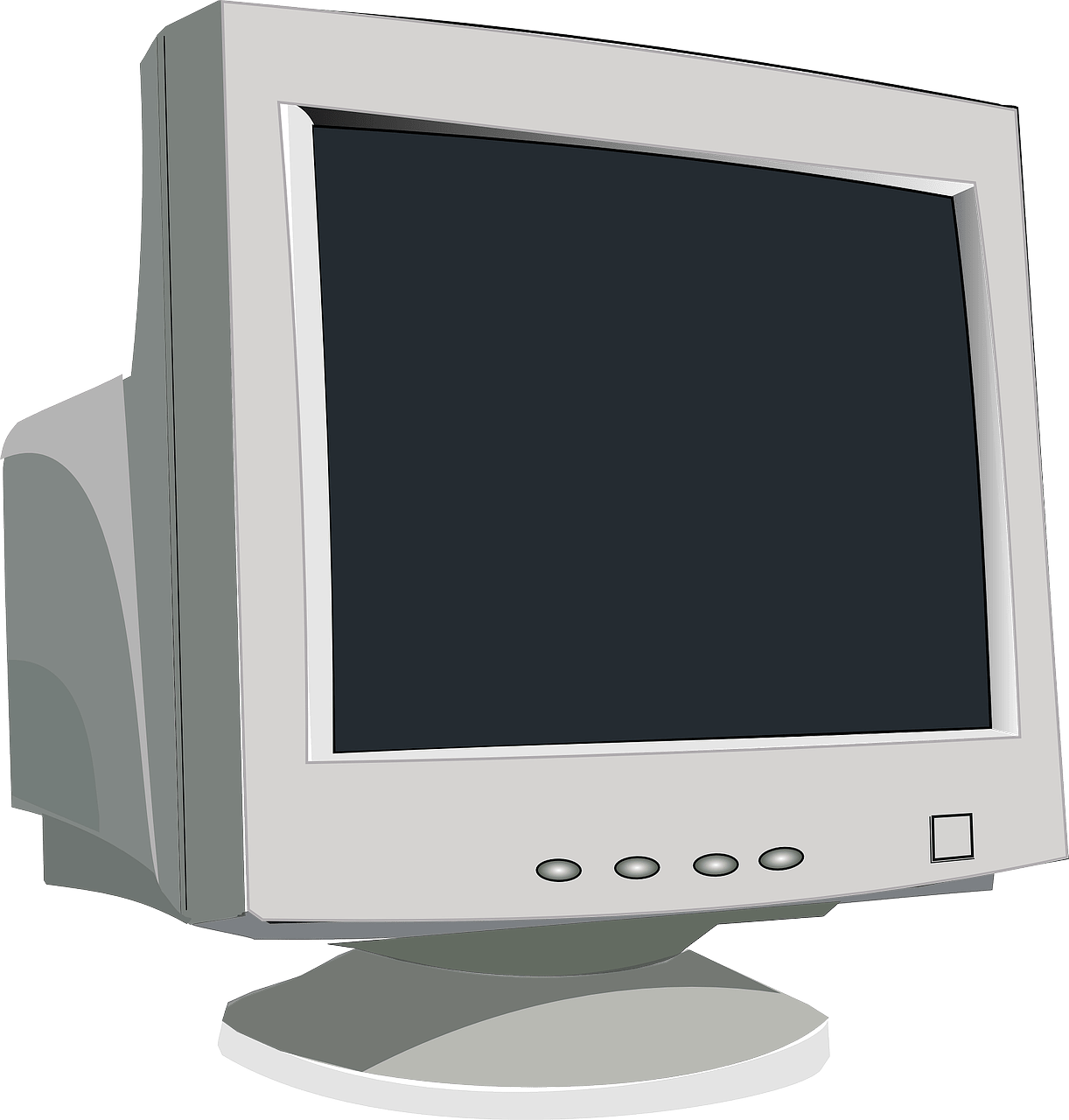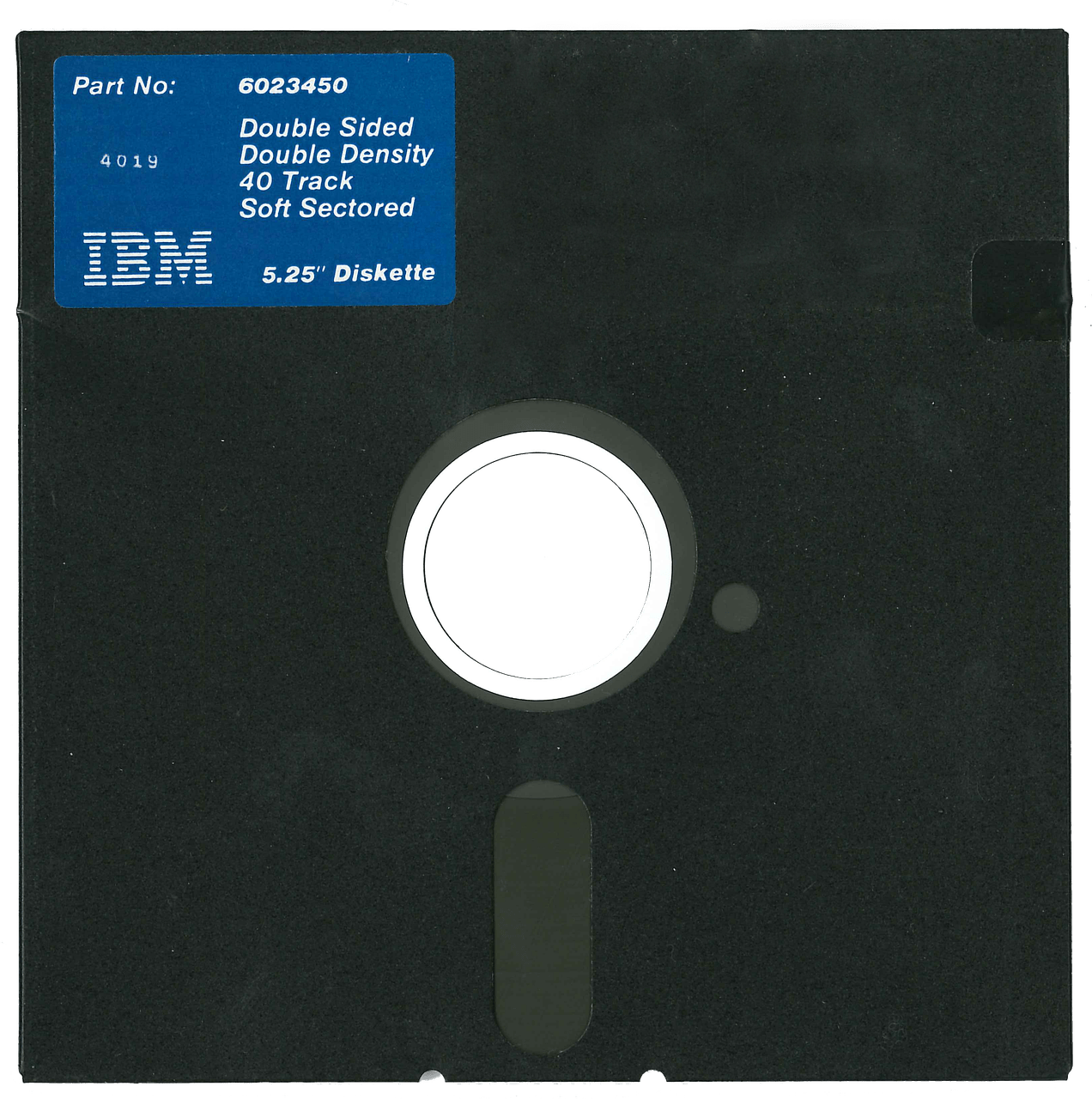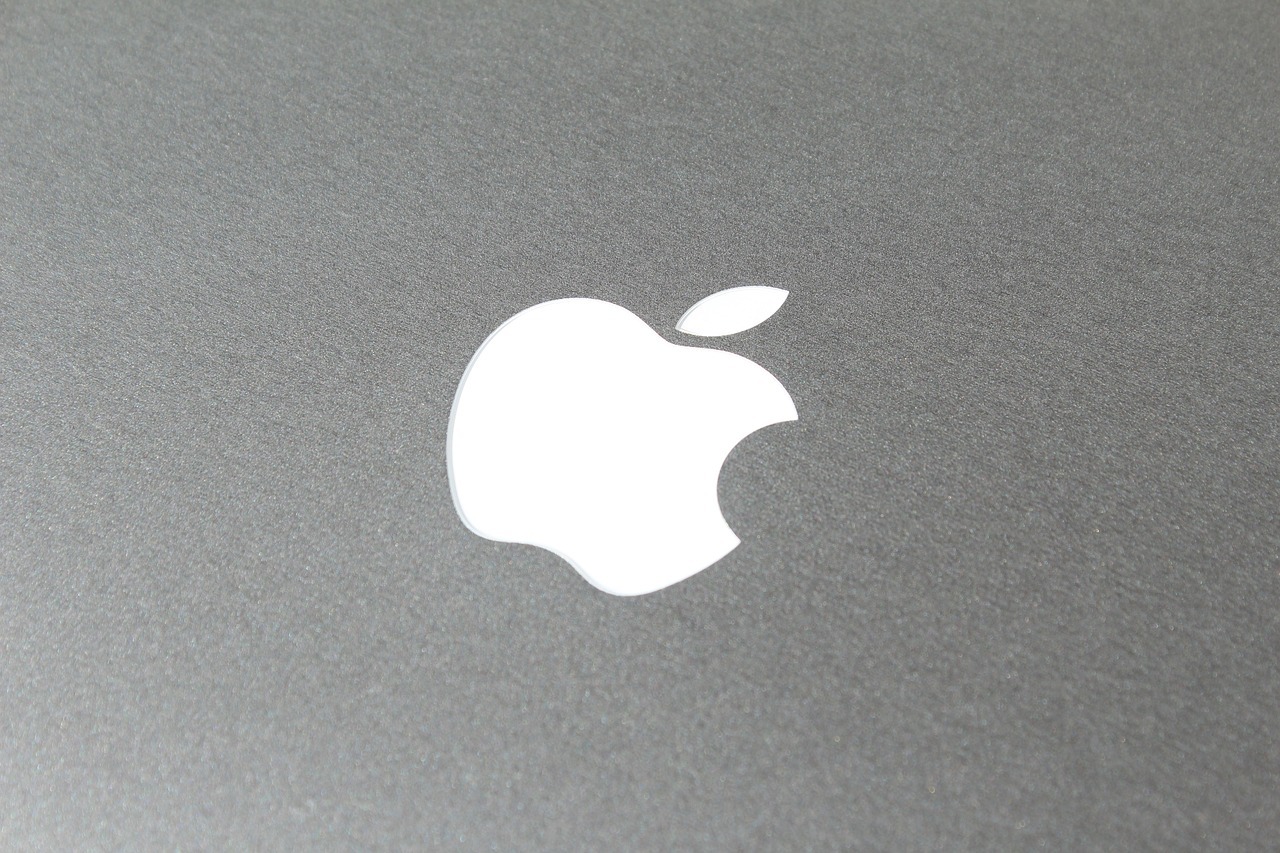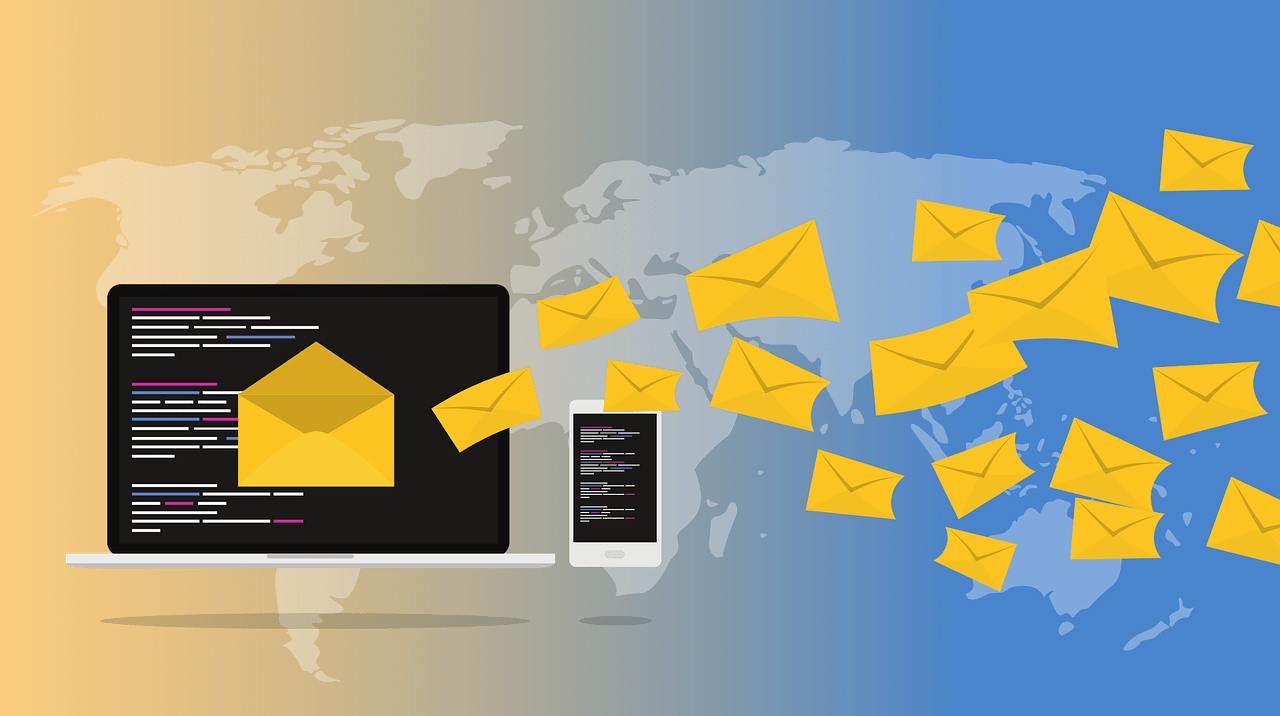Imagine a world without smartphones, laptops, or the internet – that was reality before the 1980s. Then came a revolution that transformed everything: the rise of personal computing. Before this era, computers were gigantic machines owned by big businesses, tucked away in special rooms. They were so expensive and complex that ordinary people couldn’t even dream of having one. But the 1980s changed it all. This was the time when computers stepped out of the shadows of big corporations and into the light of everyday life. The 1980s didn’t just introduce personal computers; it kick-started a digital revolution that continues to shape our world today.
The Rise of Personal Computing
In the early days, computers were like exclusive members-only clubs, where only big businesses and universities had the keys. These machines, called mainframes and minicomputers, were both expensive and complex, requiring special rooms and teams of people to operate. But as the 80s approached, a new chapter began. Visionaries like Steve Jobs from Apple and the team at IBM saw a future of computers to be as common in homes as TVs.
The journey from bulky, inaccessible machines to the sleek devices we know today didn’t happen overnight. It started with innovations in technology and a bold vision of the future. Companies began to shrink computers, making them not just smaller but also more affordable. This was the era when computers like the Apple II and the IBM PC were born, and they were one of the best PCs of the 1980s back then.. These weren’t just tools for work; they were gateways to a new world of possibilities, from playing games to creating documents, and even learning how to program.
The backbone of this revolution was the microprocessor, a tiny chip that, like the heart in our bodies, powered the entire computer. This was the magic that made shrinking computers possible. Alongside, advancements in storage, like floppy disks, allowed users to save their work and share it with others – a concept that seems so basic now but was groundbreaking back then.
But what truly set the stage for personal computing was the software, the unsung hero of the revolution. Operating systems like MS-DOS and later Windows created an environment where anyone, regardless of their technical know-how, could interact with the computer. They brought to life a user-friendly interface, transforming a complex machine into a personal assistant ready to do your bidding, whether it was typing a letter, managing your finances, or just playing a game.
Impacts of Personal Computing
Several things started to change as soon as personal computing rose in popularity and usage. Let’s explore more on that.
Economic Transformation
The rise of personal computing didn’t just change how we interacted with technology; it reshaped the world’s economy. New companies sprouted up like mushrooms after rain, focusing on manufacturing hardware, developing software, or offering IT services. This wasn’t just a handful of jobs; it was an entire industry coming to life, providing employment to millions and driving innovation at an unprecedented pace.
Companies like Microsoft and Apple became household names, but they weren’t alone. A whole ecosystem of businesses emerged, specializing in everything from computer graphics to data storage solutions. The ripple effect was enormous. As these companies grew, they needed more people, creating a whole new job market for computer professionals and enthusiasts.
But the influence of personal computing wasn’t limited to the tech industry. It permeated every aspect of business operations. Computers brought efficiency and accuracy to tasks that were once manual and time-consuming. From managing inventories with a few keystrokes to forecasting market trends with data analysis, computers revolutionized business strategies and operations.
This wasn’t just about doing things faster; it was about doing them better. Companies could now make informed decisions based on data, reach their customers through new digital channels, and automate routine tasks, allowing humans to focus on more creative and complex problems. The business world had not just gained a new tool; it had discovered a new way to think and operate.
Social and Cultural Shifts
The 80s marked the beginning of a new era in the household. Computers, once a rarity, started becoming a common sight in homes. They were no longer just tools for work; they became centers of entertainment, education, and personal growth. Families gathered around computers to play games, an activity that gave birth to the massive video gaming industry we see today.
But it wasn’t just games. Computers became the new canvas for creativity. People could compose music, create art, and write stories. They could learn new skills, from coding to cooking, all from the comfort of their homes. The computer was no longer an impersonal machine; it was a personal companion, enhancing every aspect of home life.
The impact of personal computing on education was profound. Computers made learning interactive and fun. Educational software made complex concepts easier to understand and allowed students to learn at their own pace. But perhaps the most significant change was in computer literacy. Understanding and operating computers became as fundamental as reading and writing.
The rise of personal computing democratized education. Information was no longer locked away in distant libraries or institutions; it was at your fingertips, just a few clicks away. This accessibility not only opened new learning avenues for students but also for adults, offering them opportunities to improve or acquire new skills, changing careers, or pursue their passions.
The Rise of Software and the Internet
With the hardware in place, the stage was set for a software revolution. Operating systems like MS-DOS and Windows laid the groundwork, but it was the explosion of application software that truly unlocked the potential of personal computing. From word processors and spreadsheets that became the backbone of business operations to graphic design and multimedia software that unleashed a wave of creativity, software became the soul of the computer.
Developers around the world contributed to this software revolution, creating tools and programs that addressed every imaginable need and interest. This was the dawn of the era where, with the right software, a computer could transform into virtually anything – a studio, a library, a communication device, or a portal to other worlds.
But perhaps the most monumental shift was yet to come – the birth of the internet. In its early days, the internet was a network of computers primarily used by researchers and academics. However, with the rise of personal computing, it transformed into a global communication platform. Services like email marketing and bulletin board systems (BBS) introduced a new way to connect and share information.
As the 80s drew to a close, the foundations of the modern internet were laid. It was a peek into a future where computers weren’t just standalone devices but part of a larger, interconnected world. The stage was set for the digital age, where information, entertainment, and communication would be just a click away.
You may also check out our list of Revolutionary 80s Technologies for more information.
Global Impact and Long-Term Implications
The personal computing revolution of the 80s ignited a transformation that reached every corner of the globe. It wasn’t just about advanced nations adopting new technology; it was about bringing the power of computing to developing countries, thereby bridging the digital divide. Computers became tools for empowerment, enabling access to information, education, and business opportunities that were previously unimaginable.
Yet, as much as personal computing connected the world, it also highlighted the disparities. Access to technology varied widely, opening discussions about digital inclusion and the need for equitable access to technology. Governments and organizations worldwide recognized the necessity to address this divide, leading to initiatives aimed at providing affordable computing and internet access to underserved communities. This ongoing challenge remains a crucial part of the digital era’s narrative, reminding us that the revolution is not just about technology but also about inclusivity and equal opportunity.
The legacy of the 80s goes beyond the introduction of personal computers; it set the stage for the waves of technological innovations that followed. The groundwork laid during this decade was crucial for the advent of the internet, mobile computing, and eventually, the era of smartphones and cloud computing. The shift towards digitalization in the 80s paved the way for a future where technology is seamlessly integrated into every aspect of life.
Moreover, the personal computing revolution sparked a culture of innovation and entrepreneurship. It inspired individuals to dream, create, and innovate, leading to the startup culture that drives much of the tech industry today. Companies that started in garages or dorm rooms became giants, symbolizing the potential for ideas to change the world.
The Negative Impact
As personal computing became integral to daily life, it raised important questions about the societal and ethical aspects of technology. Privacy emerged as a crucial concern, with individuals and organizations grappling with the safekeeping of personal information. The rise of the internet and social media further complicated these issues, leading to ongoing debates and policy initiatives aimed at protecting user data.
Moreover, the proliferation of technology brought to light the need for responsible innovation. The potential of AI and machine learning highlighted ethical considerations around the autonomy of technology and its impact on jobs and the economy. As we continue to navigate these complexities, the dialogue around technology’s role in society becomes increasingly important, guiding us towards a future where innovation and ethics go hand in hand.
Final Words
The personal computing revolution of the 80s was more than a technological milestone; it was a catalyst for global change, impacting economies, societies, and cultures. As we reflect on this era, we recognize the profound shifts it initiated, laying the groundwork for the digital world we live in today. The journey from the early days of personal computing to our current, interconnected reality is a testament to human ingenuity and the endless possibilities of technology.



